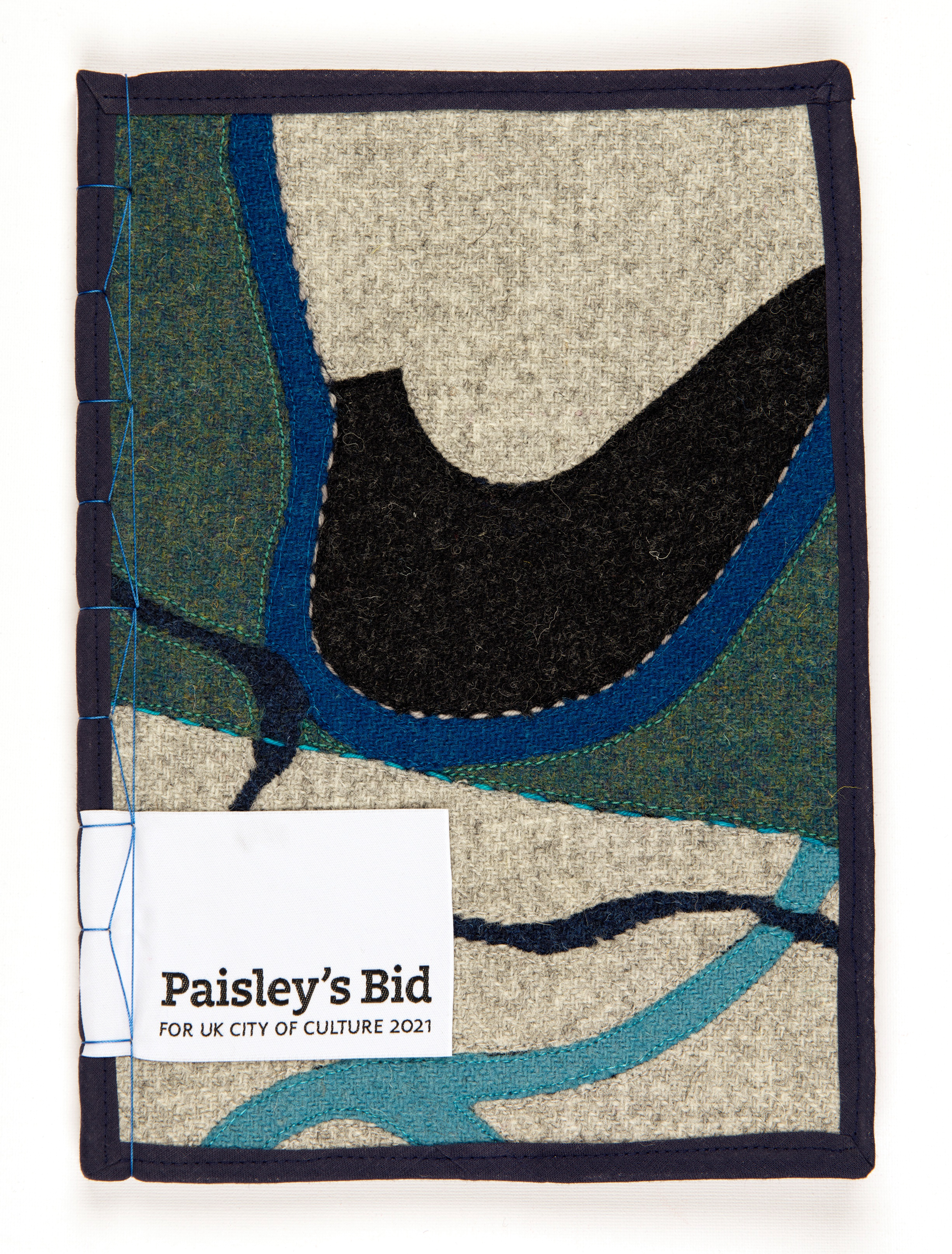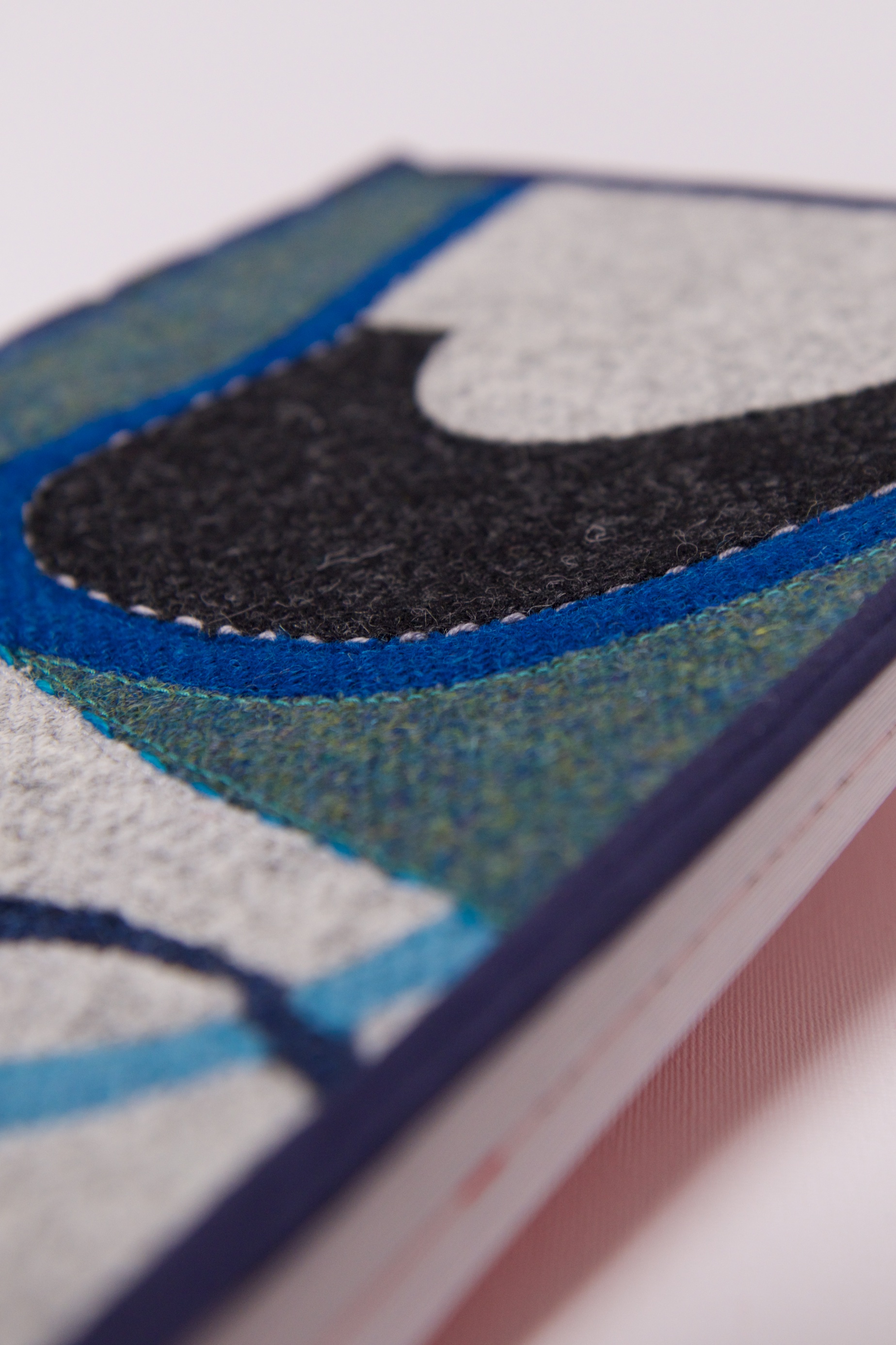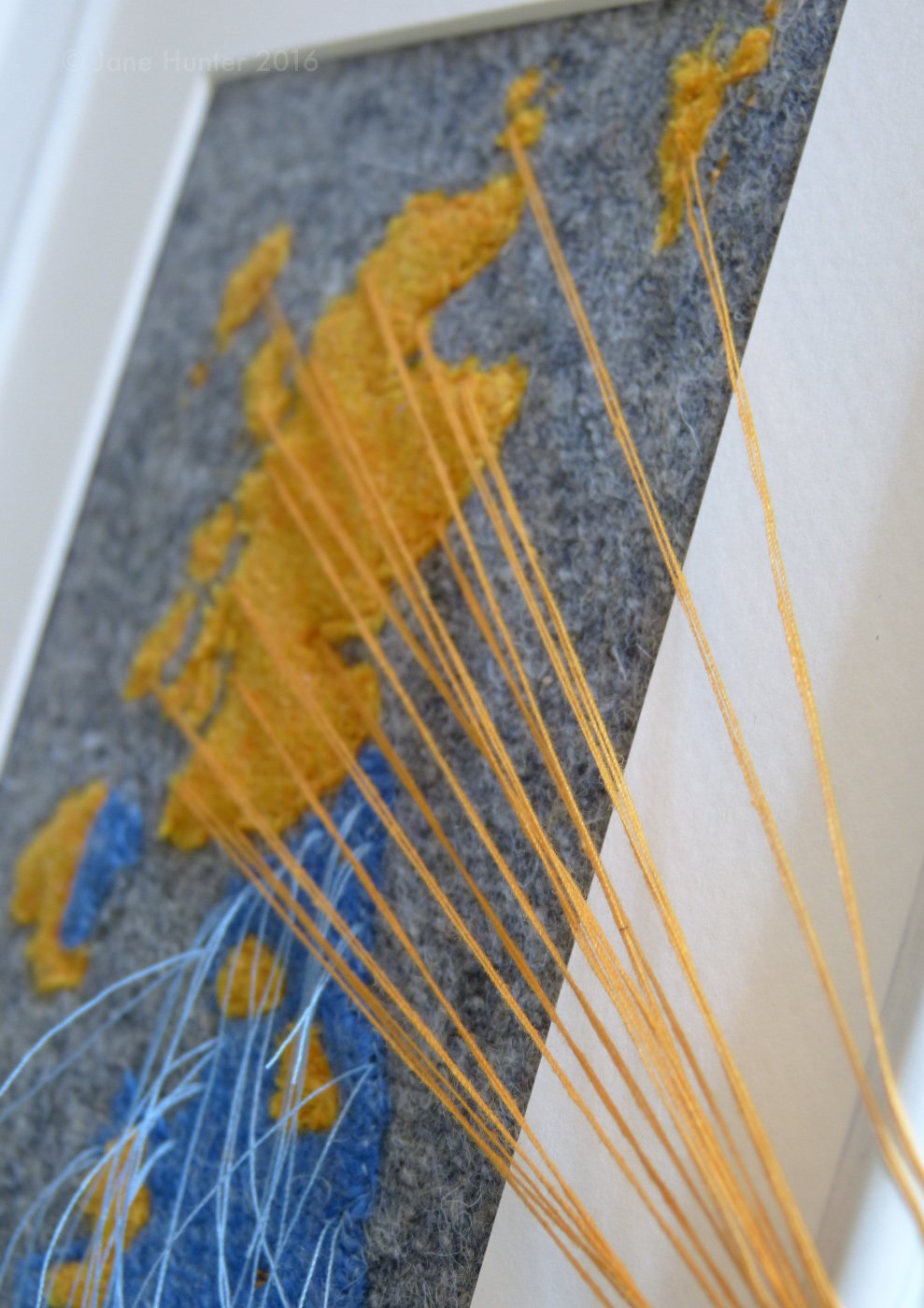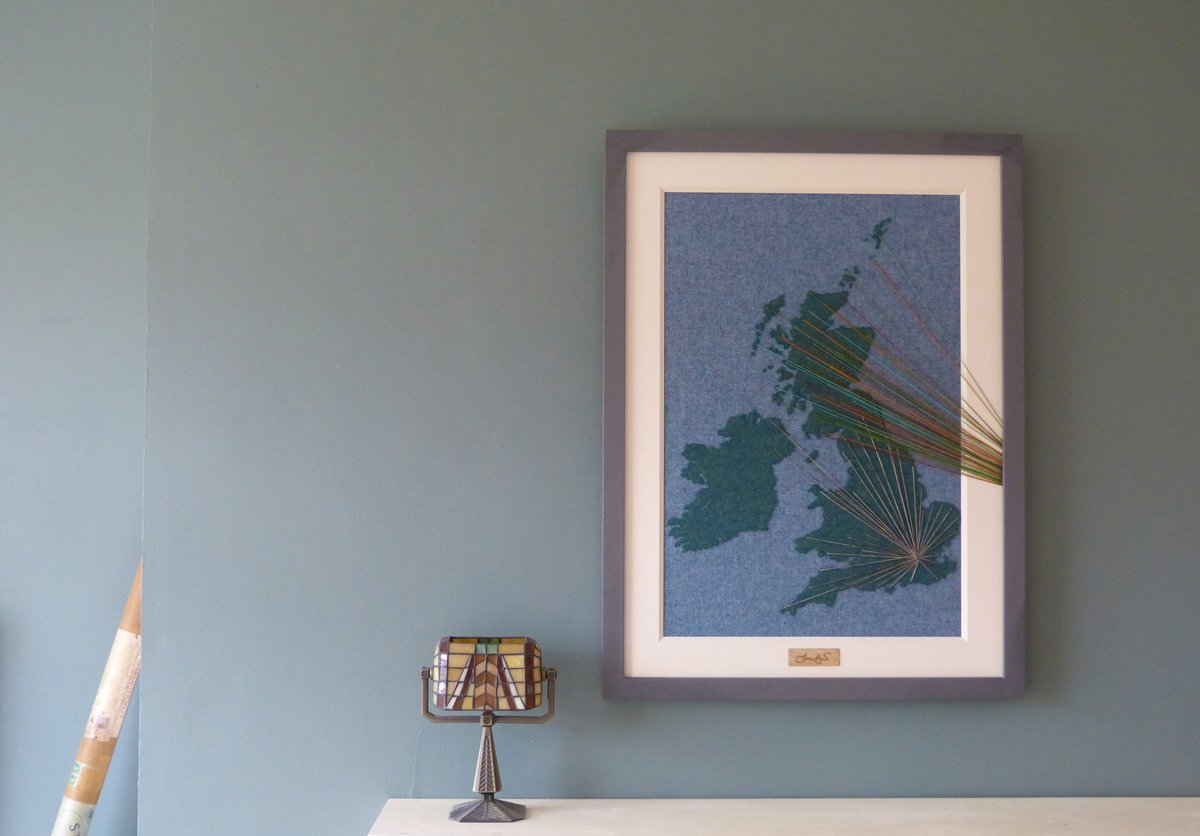'Gott Bay, Tiree - Jennifer Hex. Image courtesy of The Argyll Collection.
Jennifer Eda Hex was born in London in 1938, but shortly afterwards moved to Kilbirnie, Ayrshire, her mothers home town. Sadly Jennifer passed away in 2016 and despite searching for more information about her and her work, the only piece of writing I have found is an article from the Campbelltown Courier published on 4 Nov 2016 - Jennifer Hex: 1938 - 2016 - an appreciation. This article gives a brief account of her studies at Glasgow School of Art, teaching positions in local high schools and time as an artist in residence in Argyll. As I can gather from this short account, she seems to have lived a full and creative life, and was a woman who gave her time generously to the education of young people.
However it was the description of her interests, vision and inspirations which made my heart beat a little faster:
“Jennifer had her own particular vision. She saw things that other people tended to overlook or take for granted or pass by; but they were not in any way strange or exceptional things. They were things which we might all see, every day, if we simply possessed a clearer vision of the sort that she had. She saw elemental things: water, air, fire, earth; that’s to say, the sea, rivers, waterfalls - even the very small ones in a burn interested her - the sky, clouds, the moon and stars, grasses and sedges… natural things in movement or flux. (she) manipulated cloth in many ingenious ways; they suggested rock faces or geological formations, the flow and eddies of the River Ness in spate, a big wave breaking over the rocks on Islay.
This was her way of understanding the world. It helps us to see, and adds to our understanding. This is what a real artist does.”
It seems I have found a kindred spirit, someone I did not know existed until this year but whose vision is so very closely aligned to my own.
Making a piece in response to Jennifer’s work gave me the impetus to finally explore some ideas I have had in my sketchbook for a while.


































